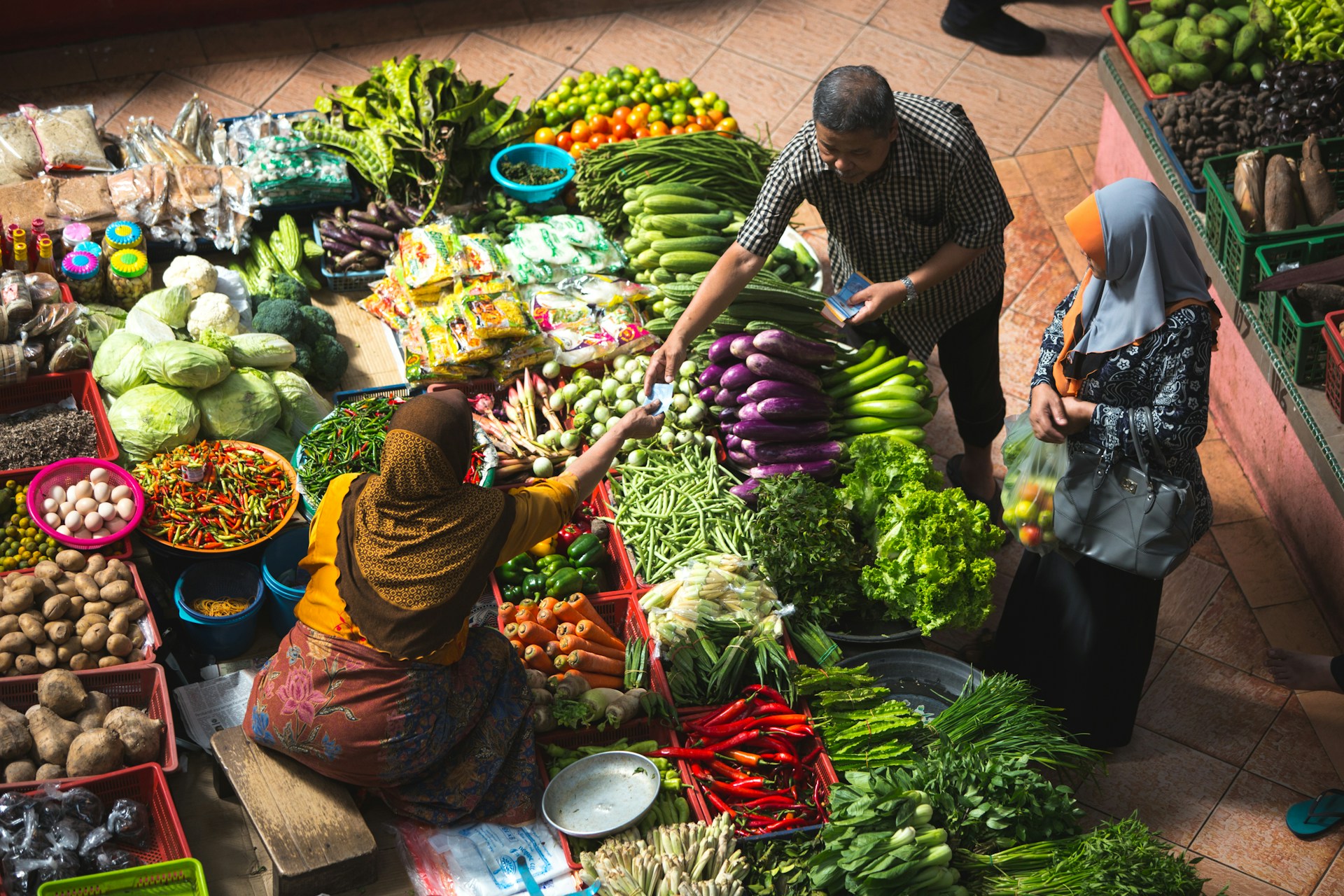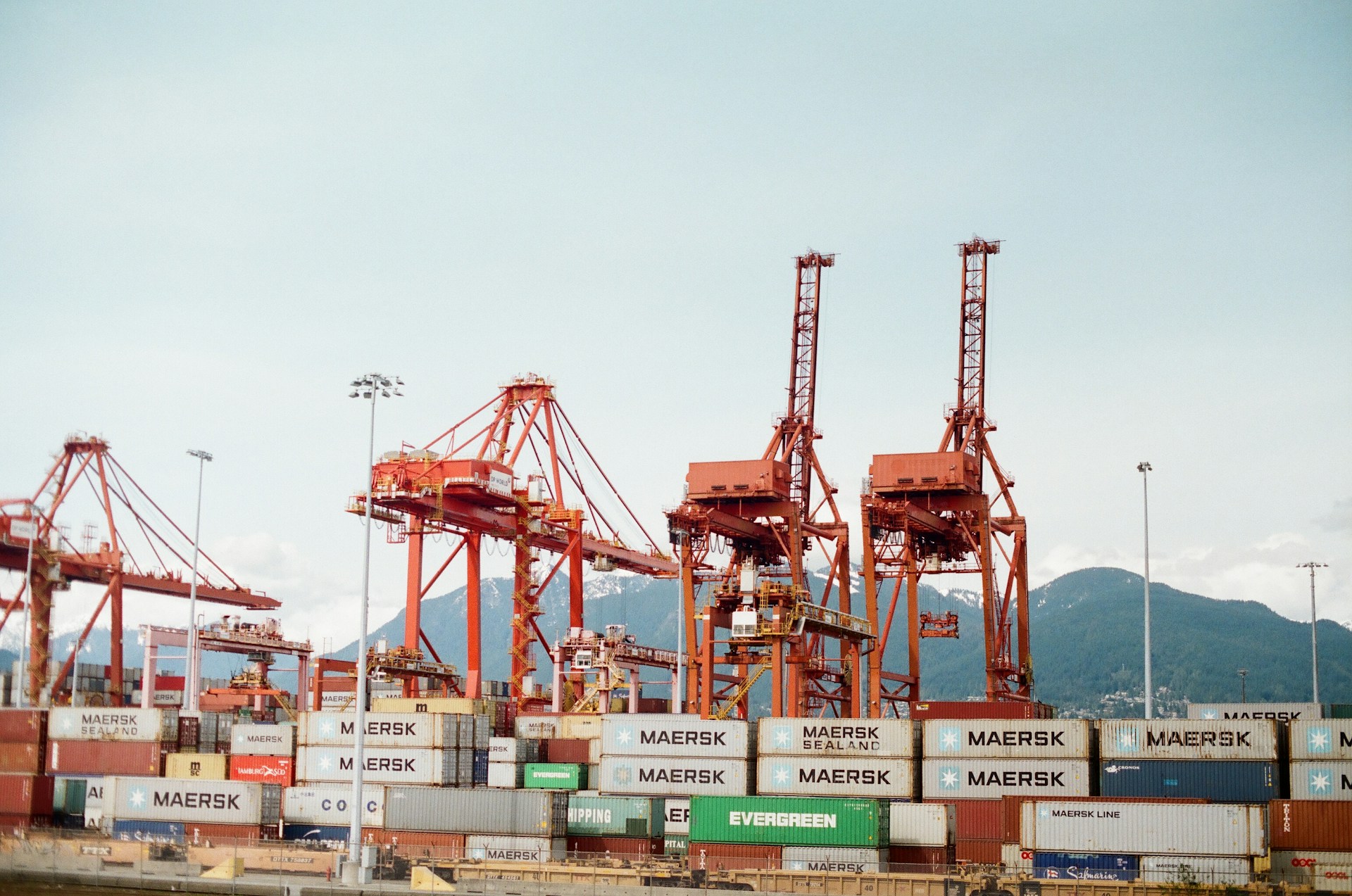Rapid transitions in the marketplace are prompting significant changes within the retail industry.
Among these changes, modifications in produce packaging are gaining immense focus due to various reasons.
This shift is driven by factors such as sustainability trends, consumer demand for convenience, the rise in e-commerce, and new developments in technology.
Through this lens, it becomes essential to delve deeper into understanding these transformations.
This article unravels the underlying influences and their potential impact on produce packaging practices.
As we sift through the dynamics, we aim to provide meaningful insights for stakeholders in this evolving environment.
Contents
Retail Shifts Impacting Produce Packaging
1. Lower tolerance for plastic packaging
The growing environmental consciousness among consumers has led to a lower tolerance for plastic packaging in the retail sector.
This has been catalyzed by alarming statistics that reveal the gravity of plastic pollution, causing many shoppers to rethink their consumption habits.
Plastic waste, much of which comes from packaging, has been identified as one of the most prominent environmental issues of our time.
The grocery industry, including produce, has historically been a significant contributor to this problem.
Most fruits and vegetables are sold in non-recyclable plastic trays and bags, contributing to the mountain of single-use plastic waste.
Many consumers are shifting their buying habits, preferring to shop from retailers who implement environmentally responsible packaging practices.
Such shifts in consumer behavior are shaping the retail trends with regard to produce packaging.
The resistance towards plastic packaging is not only environmentally motivated but also stems from a growing public health concern.
Recent studies have identified potential health risks associated with plastic which can release toxic substances, some of which are carcinogenic in nature, into food items.
The retail sector, primarily supermarkets, has been under increasing pressure to require suppliers to reduce or eliminate plastic in their packaging.
Produce retailers are therefore being urged to redesign their packaging strategies to align with the rising demand for sustainable practices.
Notably, some major retail companies have already set ambitious goals to reduce plastic in their supply chain.
Existing innovations surround packaging alternatives that are biodegradable and compostable, including plant-based materials and even edible packaging.
The embracement of such alternatives by the retail sector can significantly aid in reducing the environmental impact of produce packaging.
In the face of these intricacies revolved around plastic packaging, it becomes evident that there is an urgent need for the retail sector to reconsider packaging materials and techniques.
The response to this consumer-driven shift in preferences for produce packaging will undoubtedly shape the future trends in the retail industry.
2. Preference for compostable/biodegradable materials.
There is a growing preference among consumers for compostable and biodegradable materials in retail, particularly in produce packaging.
This shift in consumer behavior is primarily driven by increasing environmental concerns and awareness about the negative impacts of non-biodegradable waste on marine life and the broader environment.
A shift to biodegradable materials represents a significant opportunity for retail businesses to contribute positively to environmental conservation.
Materials such as cornstarch, mushroom roots, and seaweed are now being used as innovative alternatives to traditional plastic packaging.
The push for compostable materials in produce packaging is also aligned with the emergence of zero waste grocery stores and bulk food stores.
The adoption of biodegradable or compostable produce packaging has become an integral part of overall retail strategy for many environmentally conscious businesses.
However, making the transition to compostable or biodegradable materials is not without its challenges and complexities.
High cost of production, limited life span of the biodegradable materials and the need for specialized commercial composting facilities are some of the challenges retailers are grappling with.
Additionally, there is also a need to educate consumers about the proper disposal of these materials, as many of them require specific composting conditions to be fully broken down.
Nevertheless, many retailers are investing in sustainable packaging solutions and are actively seeking to reduce their carbon footprint.
Furthermore, customers are increasingly willing to pay a premium for products that are environmentally responsible, thus creating a strong financial incentive for retailers to adopt biodegradable packaging.
The use of compostable and biodegradable materials in produce packaging is not just a trend, but a long-term shift in response to growing consumer demand for sustainability.
The future of retail produce packaging is leaning heavily towards materials and solutions that are not just innovative, but also sustainable.
In light of this, retailers who take the initiative in this change will undoubtedly benefit substantially in the long run.
Undeniably, the preference for compostable and biodegradable materials in produce packaging is a movement that retail businesses can not afford to ignore.
3. Increased demand for eco-friendly packaging.
This world is witnessing a strong wave of awareness regarding the environment and the role we play in its preservation.
Thus, responsibly managing our resources, particularly in sectors with high consumption, such as retail, is more important than ever.
Large amounts of waste linked to the packaging of products, particularly in the produce department, is a pressing challenge.
This has led to calls for alternatives to traditional forms of packaging, with increased demands for eco-friendly options.
For the eco-conscious consumers of today, the sourcing, manufacturing, use, and disposal of the materials used in product packaging all count towards the perceived sustainability of a product.
Hence, our society perceives a product’s packaging is seen as a reflection of the retail brand’s values and commitments to the environment.
Consequently, retail brands are actively re-imaging packaging strategies to meet the increased demand for eco-friendly packaging.
From organic food retailers to fashion apparel stores, businesses across retail sectors are responding to this increased demand.
The increased demand for eco-friendly packaging essentially emphasises on materials that are recyclable, reusable or compostable.
The key eco-friendly packaging options that have seen boosted demand include paper, cardboard and biodegradable plastics.
Evolving innovations are also paving way for new materials, including mushroom packaging, which is completely biodegradable and grown using fungi.
Beyond that, retail chains are also considering package-less solutions for certain products, which takes the concept of eco-friendliness to a new level.
Produce-specific packaging designs, such as the breathable mesh bags for fruits and vegetables, are another form of eco-friendly packaging experiencing increased demand.
These changes are also affecting the supply chains, with changes required to adapt to the new packaging materials and processes.
This increased demand for eco-friendly packaging is not just a passing trend, but a new norm evolving in the retail sector as a response to the ecological challenges faced by our planet.
4. Shift towards minimalistic packaging designs
In the retail industry, there has been a significant shift towards minimalistic packaging designs, especially in the produce section.
Consumers are responding positively to simplified designs that place emphasis on the produce, not on flashy packaging.
Minimalistic packaging often uses fewer materials than traditional packaging, which is not only a cost-effective strategy, but also an environmentally friendly one.
The trend of minimalism doesn’t stop at the design; it’s also about reducing unnecessary waste.
Many retailers are exploring new ways to incorporate minimalism into packaging displays without sacrificing product quality.
This minimalist design principle also contributes towards sustainability as it avoids over-packaging, which has been a significant contributor to waste.
By focusing on a simpler design, retailers can also utilise smaller labels and use fewer inks , which further reduces their environmental impact.
Minimalistic designs can also highlight the natural beauty of the produce, catching the consumer’s eye and can potentially boost sales.
Many consumers find peace in the clear, clean design of minimalist packaging.
Moreover, merchandising techniques that use less packaging can give the product more prominence on the retail shelf space.
From an aesthetic standpoint, minimal designs often incorporate natural elements, subtly promoting the product’s freshness and quality.
Innovative retailers are making use of transparent packaging materials to showcase the actual product, further aligning with the minimalist design principle.
As a bonus, fewer design elements also mean less production time and shorter supply chain processes.
Decreased use of packaging materials can also mean a reduction in shipping weight and hence, reduced transportation costs.
From plastic reduction to the use of compostable materials, the focus on minimalistic designs adds to the growing narrative of sustainability in retail.
The trend towards minimalistic designs is becoming a necessity for retail businesses, as consumers increasingly seek simplicity and authenticity in their purchases.
5. Growing demand for smart packaging technology
With advancements in technology and increased environmental consciousness, the retail industry is experiencing an escalating demand for smart packaging technology.
Smart packaging refers to the incorporation of advanced technologies designed to track, trace, protect, and communicate information about the product.
This can include anything from QR codes to sensors that monitor temperature and other environmental conditions surrounding the product.
The appeal of this type of packaging lies in the enhanced customer experience it can provide, making it a crucial component in the shifting landscape of retail produce packaging.
Customers can easily access detailed information about the product, its origin, ingredients, and directions for proper disposal through quick scans with their smart devices.
Such interactive packaging methods have proven to be effective in boosting customer engagement and enhancing their connection with the product.
This technology also aids in ensuring product safety and enhancing the reliability of products, especially in the produce segment, where preservation and freshness are paramount.
With smart packaging, producers can track products in real time, monitor temperature variations, and even identify potential spoilage, thus ensuring peak freshness when they reach consumers.
By safeguarding the product’s integrity, smart packaging significantly reduces the risk of foodborne illnesses and wastage, thereby increasing consumer trust.
Furthermore, the use of smart packaging technology benefits businesses by providing them with valuable insights into customer behavior and preferences.
These insights can aid in inventory management, demand forecasting, and marketing strategies, consequently boosting the company’s bottom line.
However, integrating smart packaging technology brings forth its own set of challenges, primarily concerning cost and sustainability.
While this technology is expected to become more affordable over time, currently, the cost of implementing smart packaging can be prohibitive for small scale businesses.
In response to environmental concerns, smart packaging must also be designed with sustainability in mind, using materials that are recyclable or biodegradable, and energy-efficient technology.
This fusion of smart technology and sustainability is poised to redefine the next generation of retail produce packaging.
As we progress further into the digital age, more and more retailers are recognizing the strategic advantage of smart packaging and seeking to incorporate this technology in their business operations.
The Bottom Line
Environmental consciousness among consumers has transformed the packaging industry irrevocably.
The ubiquitous use of plastic and careless discarding after consumption are practices that no longer hold ground in a society thriving towards sustainability.
There is a growing preference for compostable and biodegradable materials, an inclination that indicates an increased demand for eco-friendly packaging.
This renewed approach is coupled with a minimalistic design aesthetic, which is equally appealing to consumers and environment alike.
Furthermore, the growing demand for smart packaging technology underlines the role of innovation in aligning with green initiatives.
Hence, consumer influence is steering the packaging industry towards a greener, not just acceptable, but a desired and indispensable choice.




